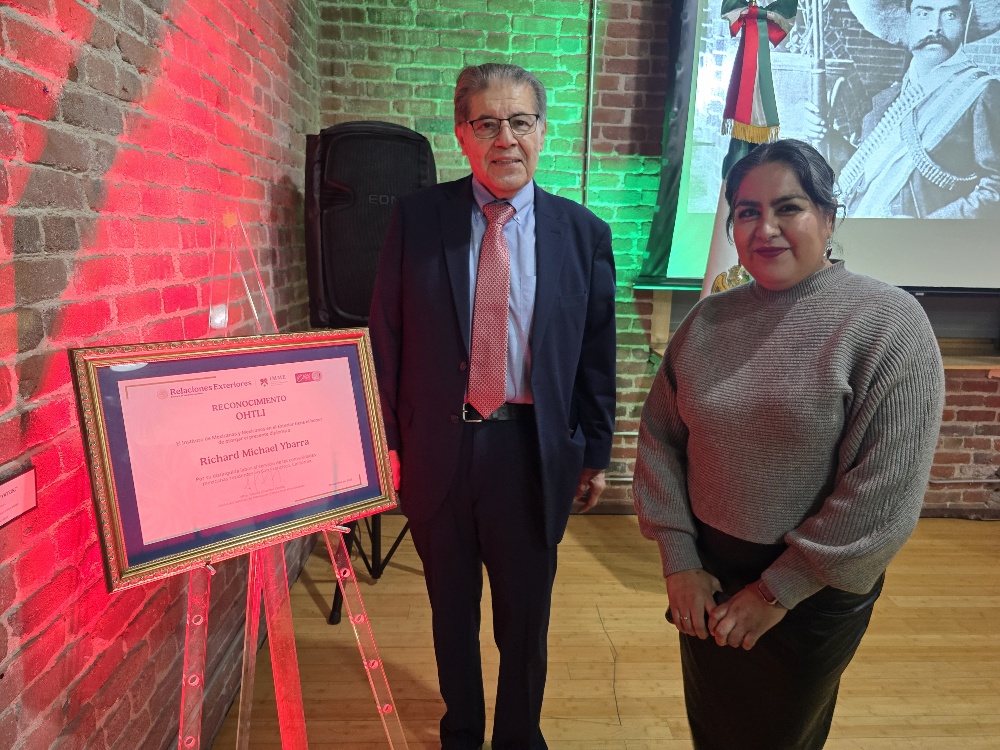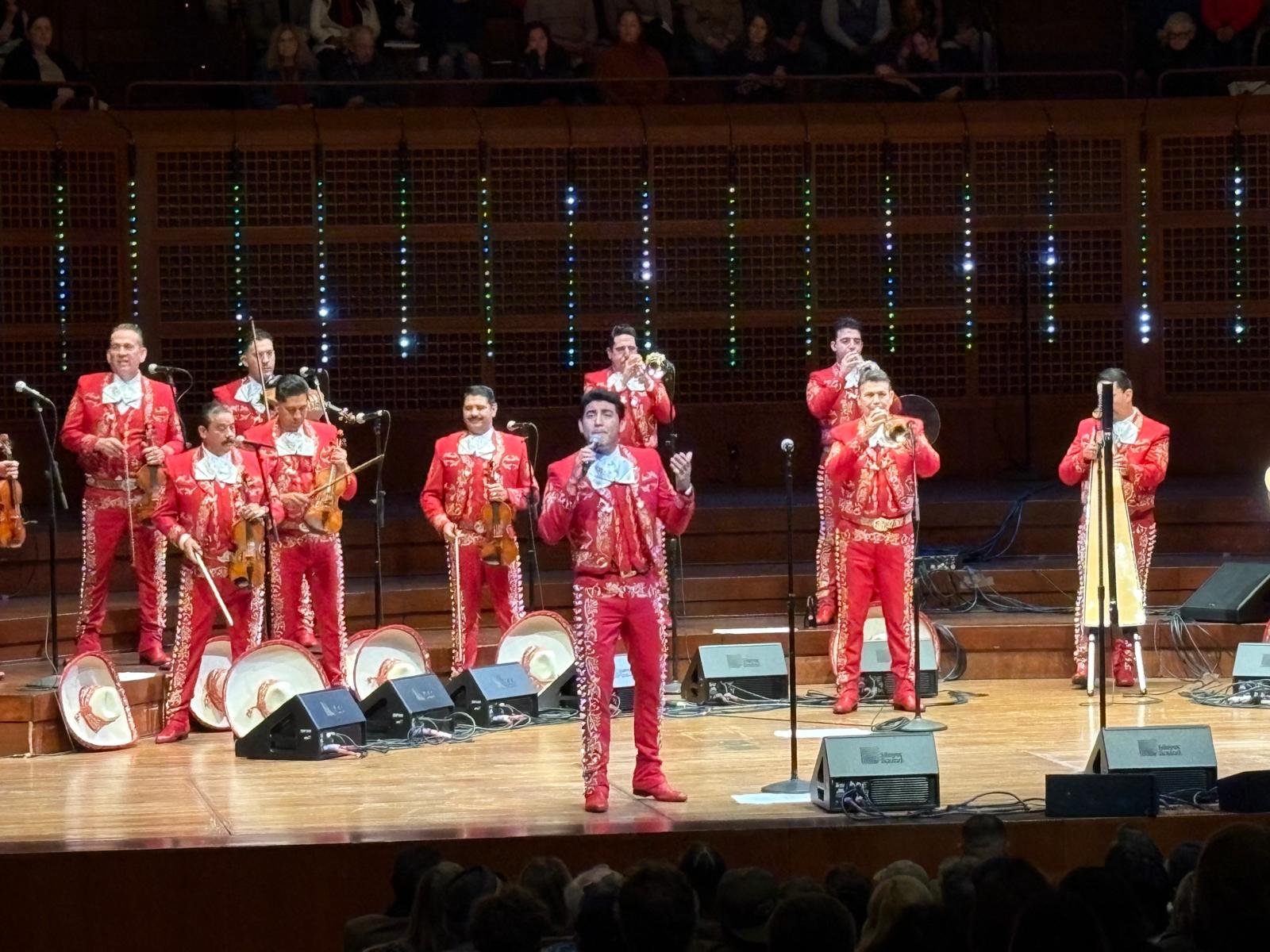October 25, 1989
By Yolanda Reynolds
Walk into the East San Jose Carnegie Library at 1102 E. Santa Clara and you will find information in Cambodian, Vietnamese, Spanish, Portuguese and English.
There are whole shelves devoted to books written in Spanish only, some books are bilingual (Spanish/English) other shelves have books written in Portuguese, Cambodian, Vietnamese and of course English.
So too, are there file bins with many LP phonograph records and cassette tapes in these same languages. This library is fascinating because of its international scope. In the new wing, one whole wall (above the book shelves) has a special photographic exhibit “Día de Muertos”, by photographers Mary J. Andrade and Shirley I. Fisher. Along another wall is a small exhibit in which are displayed folk costumes and children toys from Mexico.
According to the data from the nearby Franklin McKinley School District, twenty seven languages are spoken within its attendance area, however by far the largest ethnic group surrounding this library is Hispanic, with almost 40 percent on the total population.
Recently hired, Maria Castro Kramer a graduate of the UCLA Library Science Graduate School is very busy providing a much needed community oriented programs.
On Tuesdays, she conducts a children bilingual (Spanish/English) story time of “cuentos” for the age 3 to 5 preschool child. The program is repeated again a 7:30 p.m. but with emphasis on the whole family. The half hour program also includes finger plays, puppet shows, music and games. Maria says that she likes to see the families attend the story hour, they too, become familiar with the library. She feels that the exposure of children to libraries not only develops a love for reading but that they also learn responsibility by taking care of the materials that they borrow. It also helps to develop discipline… to avoid penalties the children must return the borrowed books by the due date.
Another very important activity that has been made possible with the hiring of the Children’s Librarian is the “school visitation program.” At the schools, Librarian Kramer tells the students about the library. If the story is told in Spanish, it is simultaneously translated to English. If told in English it is translated into Spanish. An added attraction to the story telling is the use of the large personal puppet collection belonging to Wendy Kay. The children love watching the puppets but more importantly the puppet show is very helpful in making sense to those children who are unfamiliar with either Spanish or English.
There is a very good response to this outreach program. Head Librarian, Wendy Kay, said that when this program was discontinued several years ago due to City library budget cuts, circulation dropped by 80 percent.
School visits by the library staff have become critical for a number of reasons. Public school now have little or no budget for books and have turned to the public library for help. In some of the schools, the teachers are reluctant to assign readings to the students because the school’s assortment of literature is outdated.
In addition, all too frequently field trip money is no longer included in public school budgets. The elimination of field trips to the library has also caused a reduction in library use by school children and their families.
George Soto, Santa Clara County Director of Community Services, says that it was such visit from a librarian to his East Los Angeles elementary classroom that introduced him to books and into reading fairy tales. He says it opened up for him a “magical world.” From Fairy tales he went on to read myths (Greek and Roman), which in turn created in him an interest in the history of the world – how the world functions and about other cultures. All of this led him to ultimately return to his first interest, to read more myths but those of different cultures.
As his reading expanded, George says he developed a knowledge of geography and a great interest in people. He says “most of all, it created an excitement and curiosity that forced me to learn more.”
George says that his discovery of books broadened his horizons. In the early 50’s when he was growing up there were few community services provided to his neighborhood; he and his classmates were advised by their teachers to think of careers requiring manual skills. For George books kept him thinking about getting more education.
After serving in the military, George returned to college to complete the Bachelor of Arts (B.A.) in Community Services at the University of California at Santa Cruz. He is very involved in our community not only because of his position with the County but by personal inclination. He is currently the President of MACSA. As Director of Community Services for Santa Clara County George has responsibility for the County’s Departments of Hu7man Relations, Consumer Affairs, Small Claims Court Advisory, Native American Affairs, and Cooperative Extension.
George exposure to the library, its books and the tales within those books, at an early age enabled him attain the position, Director of Community Services, a work that provides leadership for services that play a critical role in the well being of our entire community.
Both librarians, Kay and Kramer, are emphatic that community involvement and participation has helped the library in attempting to meet the needs of the community. They hope to continue to expand the library’s collection and become even more of a community center. They want the library to be a source of knowledge, not only because of the power knowledge provides, but for the enjoyment knowledge brings.
To that end, beyond its regularly scheduled programs the library has a major activity almost every month. This month will be “El Día de los Muertos” from Oct. 14 to Nov. 17. Beginning on Oct 14, for children age 8 and older there will be an arts and crafts (artesanías) from 10:00 a.m. to 2:00 p.m A number of events are scheduled for Oct. 25. At 6:30 p.m. a reception for photographers Mary Andrade and Shirley Fisher will be held. On exhibit will be their photos of the celebration of The Day of the Dead in Oaxaca and Janitzio. Later, the dance group, Folklorico Nacional Mexicano, directed by Jaime Guerrero will perform. That same evening at 7:30 p.m. the Day of the Dead program will be presented by MACSA, el Teatro de los Pobres and the San Jose Public Library. On Oct. 30 from 4:00 p.m. to 6:00 p.m. the library is sponsoring a “Pumpkin Carving Contest.”
Librarians Kay and Kramer say there is a need for ethnic, preferably bilingual librarians. There is now available scholarships of $1,500 – $5,000 to ethnic minority students (American Indian, Asian/Pacific, Black, or Hispanic) who have been accepted at certain California Accredited Graduate Library Schools. The participating schools are, San Jose State University of California, Berkeley and the University of California, Los Angeles (UCLA). Applications for this scholarship are available at the local public library, the library schools mentioned above or call Ethnic Service Consultant (916) 323-4400.






